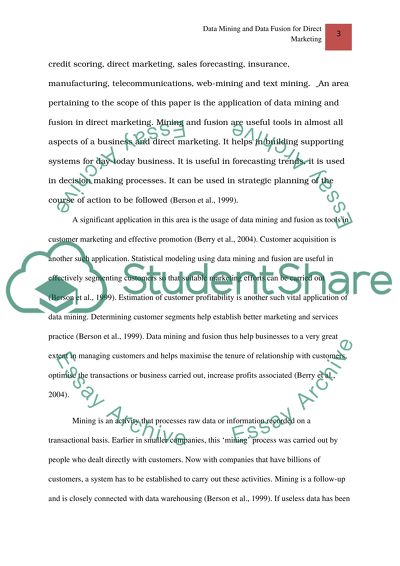Cite this document
(Data Mining and Data Fusion for Direct Marketing Term Paper, n.d.)
Data Mining and Data Fusion for Direct Marketing Term Paper. Retrieved from https://studentshare.org/marketing/1517075-direct-marketing
Data Mining and Data Fusion for Direct Marketing Term Paper. Retrieved from https://studentshare.org/marketing/1517075-direct-marketing
(Data Mining and Data Fusion for Direct Marketing Term Paper)
Data Mining and Data Fusion for Direct Marketing Term Paper. https://studentshare.org/marketing/1517075-direct-marketing.
Data Mining and Data Fusion for Direct Marketing Term Paper. https://studentshare.org/marketing/1517075-direct-marketing.
“Data Mining and Data Fusion for Direct Marketing Term Paper”, n.d. https://studentshare.org/marketing/1517075-direct-marketing.


